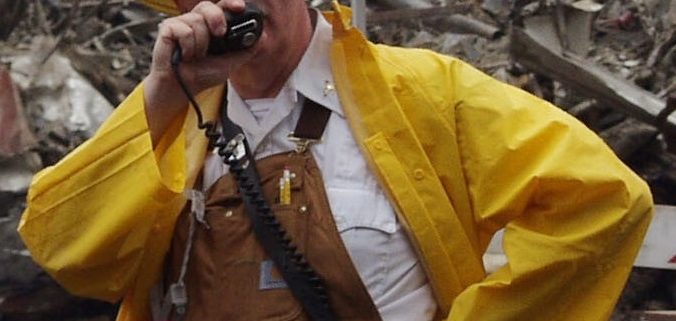 The First Responder Network Authority, known as FirstNet, was established by Middle Class Tax Relief and Job Creation Act of 2012. It is tasked with creating a single nationwide, interoperable public safety broadband network. Vendors are hungrily eyeing its $7 billion budget, while many public safety officials hope that it will finally provide leadership and relief for the long standing problem of interoperability.
The First Responder Network Authority, known as FirstNet, was established by Middle Class Tax Relief and Job Creation Act of 2012. It is tasked with creating a single nationwide, interoperable public safety broadband network. Vendors are hungrily eyeing its $7 billion budget, while many public safety officials hope that it will finally provide leadership and relief for the long standing problem of interoperability.
Here are seven things you should know about FirstNet:
- It’s in Virginia and Colorado. Corporate headquarters will be in northern Virginia, which is spitting distance from Washington, D.C. bureaucracies. Boulder, Colorado will be its center for technical, engineering, and network design. The long-time technical adviser to public safety on communications issues, Public Safety Communications Research program (PSCR), is also headquartered in Boulder.
- Barely a year old, and they already have had their first scandal. Board member Sheriff Paul Fitzgerald charged lack of transparency and undue influence of outside consultants. A review committee has deemed all Board actions legal.
- No deadline. There is no deadline for FirstNet to build its nationwide system, and it’s unclear for now just how it will be constructed.
- $7 billion is not enough. Virtually everyone understands that this money is a pittance compared to real needs. Where is the rest of the money coming from?
- 700 MHz. The network will be built in a dedicated area of the 700-megahertz range, using technology known as 4G LTE (Long Term Evolution).
- Infrastructure costs. 4G LTE needs specialized equipment called Node B, or eNodeB. It is projected that FirstNet will need at least 40,000 eNodeB installations. Add in towers (at least $100,000 apiece), and estimates for total costs soar into the $16 to 18 billion range. Did we mention that it is expensive?
- Radios, what radios? FirstNet will not affect push-to-talk radios, which are the main form of voice communication used by police officers and firemen. Interoperability will be established for the transmission of video, photographs, and texts by computers.



